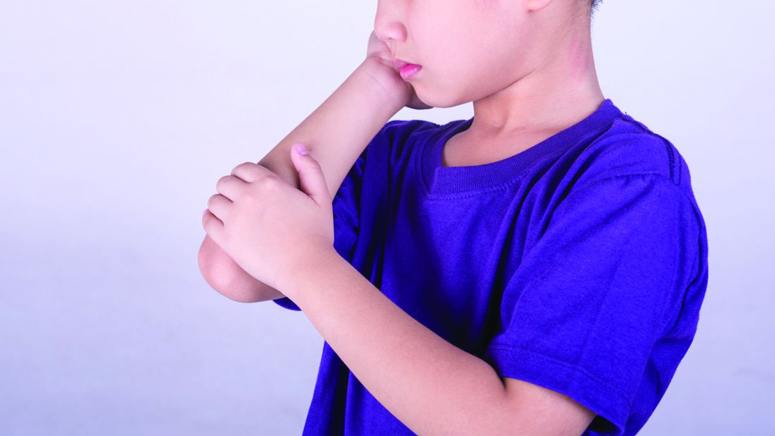Types of Juvenile Idiopathic Arthritis (JIA)

There are various different types of juvenile idiopathic arthritis depending on their level of severity. Some may be quite intense, while others may be mild. Knowing the specific type you have would help the medical personnel plan the necessary treatment to prepare for you, and also in order to be able to advise you. The various types include:
Oligoarticular JIA: In the first 6 months of the disease’s operation, about 1 to 4 different joints are really affected. This type is referred to as “persistent.” However, in situations where more than one joint is affected, it is referred to as “extended.”
Systemic JIA: This type of JIA also affects a couple of joints, and there are visible signs of skin rash [2] and high fever. It can also cause inflammation of various internal organs, such as the liver, spleen, lymph nodes, and even the heart.
Polyarticular JIA: In the first 6 months of the disease, it is known to affect about 5 or more joints. A blood test for rheumatoid factor (RF) would make it possible to know whether the type is RF-negative or RF-positive.
Psoriatic Arthritis: With the occurrence of this type of JIA, a red, scaly skin disease known as psoriasis and arthritis might occur in the child.
Enthesitis-related JIA: For this type, the child would have arthritis and at the same time have enthesitis. This is a condition in which there is swelling of the tissues where the tendon and the bone meet. It is quite common to affect the feet, knees, and hips.













